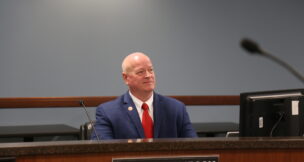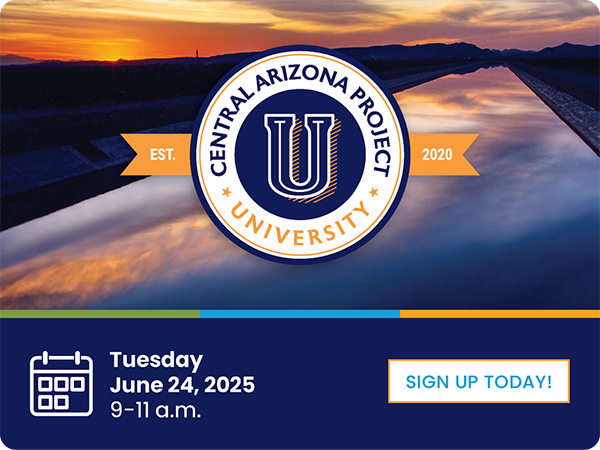Competitor’s veto blocks rural access to EM services
Jeffrey A. Singer, Guest Commentary//July 26, 2025//
Competitor’s veto blocks rural access to EM services
Jeffrey A. Singer, Guest Commentary//July 26, 2025//

People living in the Arizona Strip, cut off from the rest of the state by terrain and limited roads, are now cut off from emergency medical services from nearby Kanab, Utah. A 1983 Arizona law allows current ambulance service companies to block new companies from entering the market.
Residents of Fredonia, Arizona, a town of 1,300, have relied on EMS from Kane County Hospital in nearby Kanab, Utah — just eight miles away — for 40 years. Patients might need to wait 45 minutes or longer for an ambulance to come from the nearest Arizona community, Colorado City, 32 miles away. But Arizona law requires ambulance services to obtain a “certificate of need” from a state commission, which gets to decide for the people whether they need another service. Incumbent EMS providers often persuade the commission that no additional service is “needed” — effectively blocking competitors.
In this case, the Page, Arizona, Fire Department, 81 miles from Fredonia, filed a complaint with the Arizona Department of Health Services, stating that Kane County EMS never received the commission’s permission to provide out-of-state services. Ironically, getting from Page to Fredonia requires a 90-minute drive through southern Utah, via Kanab.
In 1974, Congress enacted the National Health Planning and Resources Development Act, tying certain federal funds to the creation of state-level certificate of need (CON) commissions. These laws compel health care providers to seek approval from a CON board before opening new facilities or expanding existing ones with more beds or equipment. Instead of letting patients choose from more providers, the government decides whether new options are “needed.”
Congress removed the federal requirement for CON laws in 1986. By 1990, 11 states — including California, Colorado and Texas — had eliminated them entirely. Arizona repealed all but one, keeping a CON requirement only for ambulance services. Thirty-five years later, 35 states still have CON laws on the books, which vary widely by state. In effect, a certificate of need is a permission slip to compete. Constitutional scholar Christina Sandefur of Arizona’s Goldwater Institute refers to CON laws as a “competitor’s veto.”
During the Covid pandemic, many states temporarily suspended their CON laws to get the government out of the way of hospitals and other providers scaling up to meet emergency demand, tacitly recognizing that CON laws restrict access to health care services.
A recent University of Southern Maine study found that about 80% of U.S. counties have ambulance deserts, far more common in rural areas than in urban ones. The counties with the highest share of ambulance deserts were in the Appalachian regions of the South.
A 2023 Wall Street Journal article reported that more than 55 ambulance services have closed nationwide since 2021, largely due to workforce shortages and financial strain. The problem is especially acute in rural areas like much of Arizona, where ambulance services often struggle to find workers willing to self-fund training for a stressful, often unprofitable job. According to the Central Arizona Fire and Medical Authority, ambulances failed to respond to 400 emergency calls in Prescott and surrounding areas during just four months in 2021.
There is no simple fix to the country’s ambulance desert problem. Its causes are multifaceted. But while state CON laws are not responsible for this problem, they do play a role.
Arizona’s certificate of need law isn’t the only reason rural patients have difficulty accessing emergency care — but it’s a barrier the state can address. Lawmakers should prioritize patients over providers’ turf wars and eliminate the competitor’s veto.
Jeffrey A. Singer, MD, practices general surgery in Phoenix, and is a senior fellow at the Cato Institute.












































